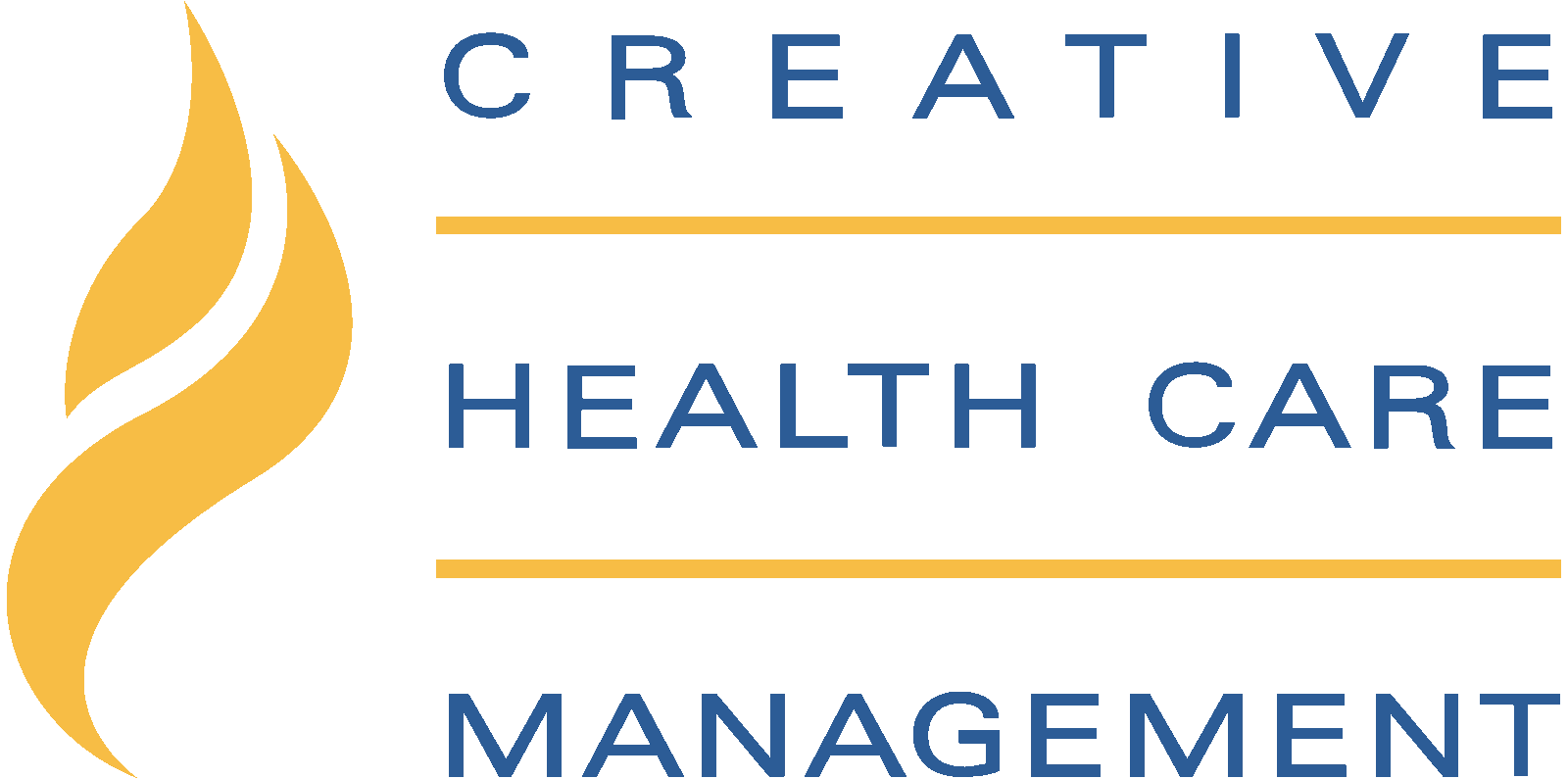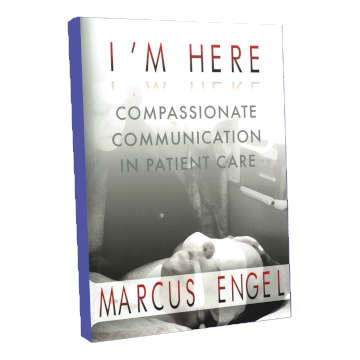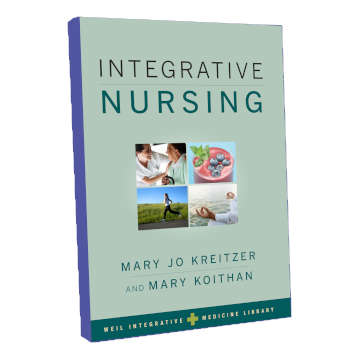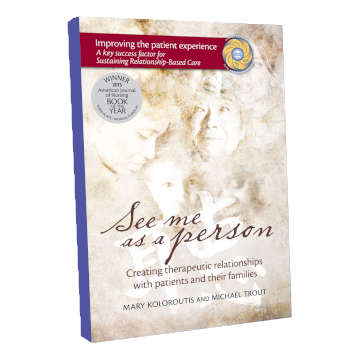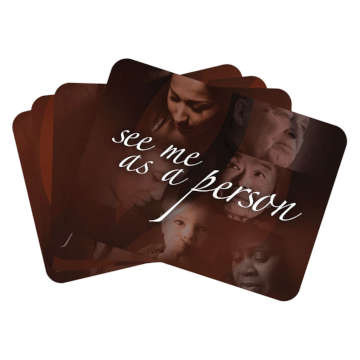Virpal Donley, RN – After nearly two decades in nursing and two degrees, I was confident in my clinical skills, and, yes, I thought I was a good nurse. After all, I cut my teeth working in the pediatric intensive care unit of a level 1 trauma center. I’ve seen the worst of the worst, and still maintained my deep sense of concern for my patients. It wasn’t until I crossed the wide chasm from clinician to patient, that I discovered there was much I hadn’t understood about nursing.
When tragedy struck, it came suddenly. Within 72 hours, I went from a thriving nurse leader to an acutely ill patient, intubated and unable to talk or even think coherently. I was sedated, unable to breathe on my own, and cared for round-the-clock by a team of intensivists. After nearly two weeks in intensive care, septic from the flu, my body finally began to respond to the many different medications being pumped into it. I recovered physically, but there were lingering emotional wounds. I was coming to terms with the experience of being sick, fragile, and dependent—experiences completely foreign to me. After all, I was the one whom others had leaned on. From this new vantage point, what I viewed as important had changed—I had changed. As a nurse, it was important that I complete all my tasks on time, safely, and accurately, while meeting all the other requirements of my shift. As a patient, I now had a different perspective. Yes, I knew that clinical tasks were an important part of my care, and I believe that all patients inherently understand that. However, as the seconds and minutes passed, lying in that bed, what mattered most to me were moments of compassion, smiles, the look in the eyes of the nurses, and any genuine gesture. Those moments, as much as any purely technical intervention, are what “saved” me. From the other side of the bedrail, I began to understand more fully, what it meant to be a nurse.
Lessons from the Other Side of the Bedrail
The Importance of Attuning (A.K.A. Being Present)
Upon my admission to the hospital, I was taken for a CT scan. The technicians setting up the exam were carrying on a personal conversation about their weekend plans. An immediate sense of anger filled me. Here I was lying on the extremely uncomfortable bed, scared, and struggling to breathe; I questioned whether they even cared about or saw my distress. Yet, there they were, above me, just chatting away. Then, just as easily as my anger came, it left me. I realized that I had done this countless times. What had my patients thought and felt? What did their loved ones think and feel as we casually discussed our weekend plans? None of us did these things out of malice; it was merely an outgrowth of our desensitization to the process: Completing the tasks or the scans is routine care regardless of who is lying in the bed. However, as that person lying in the bed, I realized each procedure and interaction was more than the sum of its technical parts, and that the way every bit of the interaction was handled mattered. My patients deserve my utmost attention, respect, and commitment, and I can only do this is if I am attuning to them.
Another difficult lesson I learned was how accurate the term delirium is. I thought I understood and appreciated the impact this condition had on my patients, until I learned, first hand, how painfully mistaken I had been. The combination of medications in my system coupled with my inability to leave, made my room feel like a prison. I had frightening delusions and periods of paranoia that still haunt me. Fortunately, my nurses were attuned to me. They understood that for me to heal physically, I needed to have peace emotionally and mentally. Instead of administering more medications, my nurse took me outside on a cold and rainy January morning. I will never forget those first moments outside, as the rain hit my face. The fog lifted from my mind, and I could finally breathe. When caregivers attune to what matters most to a person and look beyond their daily routines, what seems like such a simple gesture can be life changing for the patient.
The Importance of Wondering
Because my colleagues work in the intensive care setting and had experience with critically ill patients, they knew that I was headed toward complete respiratory failure. It was at the insistence of my friend, a physician, that I was intubated and had a bronchoscopy done. She looked at my labs, x-ray, and overall clinical picture and knew that if I was not intubated, I was likely to arrest. My respiratory status had deteriorated so significantly, that even with intubation, my friend felt that I needed to be placed on extra-corporeal life support (ECLS). The hospital I was being treated at thought they knew the best course of treatment and had shut their minds off to alternatives to the care they were already providing. My friend fought diligently for my transfer to a hospital that could provide ECLS. Fortunately, I did not end up needing to be placed on ECLS, but I believe it was my friend’s ability to wonder with an open mind, stay curious, and question protocols and standards of care, that ultimately saved my life.
The Importance of Following
Perhaps the biggest lesson I learned was from my husband’s experience. What nearly broke him was the incessant alarms going off. He had asked me if the staff even heard the alarms and, if they did, why they took so long to be silenced. I explained the concept of alarm fatigue and how oftentimes, nurses didn’t intentionally ignore them. Yet, staff were dropping the ball—they weren’t responding to the alarms and this communicated abandonment to anyone who was paying attention. His response, while simply stated, hit home. He heard each alarm, even if the nurses didn’t. He said, “One day a patient will be hurt because no one responded when it mattered most.” I had no answer for him. What he needed was for the nurses to demonstrate that they were following, by responding the distress call he could so clearly hear were being ignored.
The Importance of Holding
The hospital I was transferred to for the treatment I needed was also the hospital that I work at. Once I was transferred, my husband and I were looked after by friends and coworkers, managers, and hospital administrators; so many members of the hospital had a vested interest in my recovery. My husband said he felt like a “VIP” because so many people checked in on us to see how we were doing and if there was anything we needed. I am touched and so fortunate to be part of an organization that would look after one of its own in such a way. However, this left me wondering if all of our patients felt this way. Being an inpatient among countless other inpatients can make you feel like just another cog in the wheel. I want to look after each of my patients in a way that makes them feel like a “VIP”—like they are seen, heard, and valued according to what matters most to them. I want them to feel held in my care the way I felt held.
Therapeutic Practices[1]
Attuning
We bring to others our full presence, tuning in to an individual and situation. This requires deep listening and focused attention. We notice both non-verbal and verbal cues and expressions. We convey openness and interest.
Wondering
We are genuinely interested and curious in others. We are open to what can be learned about each individual while intentionally suspending assumptions and judgements. This requires open-ended questions while we suspend our own agenda. We consciously avoid interrupting.
Following
We focus on what the individual is teaching us about what matters most to them. We allow that information to guide our interactions and care. This requires focusing on what we have learned and responding to cues and preferences. We validate what we have heard.
Holding
We skillfully care for and create emotional safety and dignity for the individual. This requires us to act with integrity by following through on commitments. We communicate what has been learned to the rest of the care team. We avoid derogatory labels, and we remain a steady presence during strong emotions and crises.
My experience as a patient has helped me understand how the therapeutic practices of attuning, wondering, following, and holding can change how a patient experiences care. It has made me a better nurse and patient advocate. If nothing else, it has reminded me why I became a nurse—to care for others in their time of need and to provide care in a genuine way that makes every patient feel seen as a person, valued and cared for.
[1] Koloroutis, M. & Trout, M. (2012). See me as a person: Creating therapeutic relationships with patients and their families. Minneapolis, NM: Creative Health Care Management.
See Me as a Person: Stories for Reflection on the Therapeutic Relationship CD
I'm Here: Compassionate Communication in Patient Care
Modern medical technology helps patients recover faster than any other time in history.
Integrative Nursing
See Me as a Person: Creating Therapeutic Relationships with Patients and Their Families
See Me as a Person Card Deck
She Colored in My Coloring Book
See Me as a Person: Stories for Reflection on the Therapeutic Relationship CD
I’m Here: Compassionate Communication in Patient Care
Modern medical technology helps patients recover faster than any other time in history.
